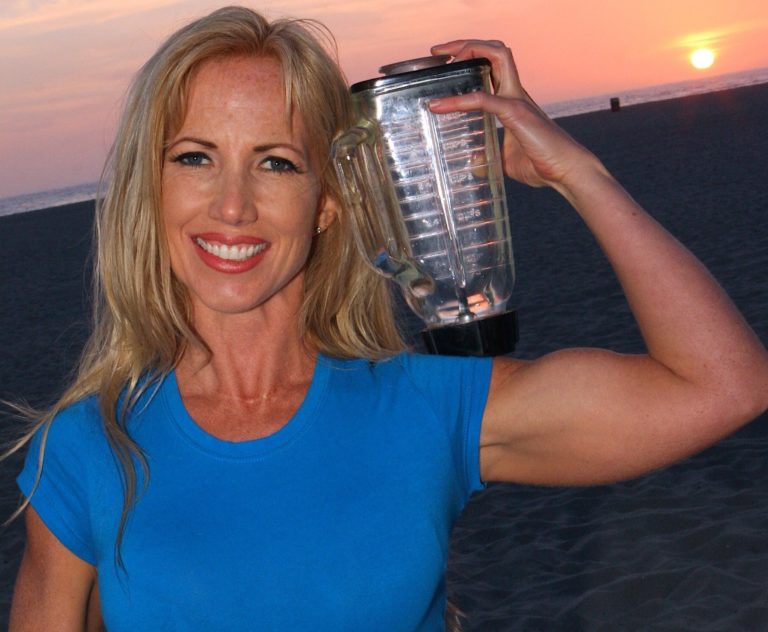Editing Out Hypertension by Elizabeth Brown, MS, RD
 Maybe take it less often with a grain of salt
Maybe take it less often with a grain of salt
My editor is Santa Monica’s most enthusiastic gym rat upon learning that he has high blood pressure. He’s going full-force at the gym now and even asked if I could help with his diet.
Unfortunately, for some people, it takes much more than elevated blood pressure to motivate change. Sometimes it takes a heart attack or stroke before making any serious commitments to improve health.
One of the reasons we have criteria such as blood pressure guidelines is to alert us to potential danger signs which in turn may help us prevent long term health problems.
What is blood pressure exactly? Blood pressure is the force of blood against the artery walls measured in millimeters of mercury (mmHg) and recorded as two numbers—systolic pressure (when the heart beats) over diastolic pressure (when the heart relaxes). Systolic will always be higher than diastolic.
Normal blood pressure is less than 120/80.
Pre-hypertension is 120-139 over 80-89.
High blood pressure is 140/90 or greater.
High blood pressure (hypertension) causes the heart to work harder than normal. Over time this extra work puts strain on the heart as well as on arteries and organs, such as the kidneys, brain and eyes. Left uncontrolled, high blood pressure can lead to heart and kidney disease as well as an increased risk for stroke and blindness.
Hypertension affects 1 in 3 adults. It is especially common among African Americans and older Americans.
High blood pressure can be controlled by implementing the following guidelines:
Maintain a healthy weight
Be active on most days of the week
Follow a healthy eating plan
Limit alcohol consumption
Take medication as prescribed by your physician
Scientists supported by the National Heart, Lung and Blood Institute (NHLBI) found that blood pressure could be reduced with a diet that emphasizes vegetables, fruits, low fat calcium sources as well as whole grains, fish, poultry, beans, nuts and seeds. This diet, called the DASH diet (Dietary Approaches to Stop Hypertension), also recommends the reduction of red meat and sugary foods and beverages. It is also lower in sodium (1,500 – 2,300) than the average American diet (3,300 – 4,300), while being high in potassium, magnesium, calcium and fiber.
In essence, think about ways to eat more vegetables, fruits, beans and whole grains each day. Here’s a recipe to get you started.
Vegetarian Chili
1 cup dry beans or 3 cups canned or cooked
(Note: a 15oz. can of beans yields approximately 12oz. or 1 & 1/2 cups once drained and rinsed)
1 Tablespoon canola oil
1 yellow onion, chopped
4 carrots, chopped
4 cloves garlic, minced
2 red peppers, chopped
2 cups frozen corn
2 jalapenos, minced, seeds and membrane removed
28 ounce can crushed tomatoes
6 ounce can tomato paste
1/4 cup chili powder


DASH diet has limitless health benefits. Its full form is Dietary Approaches to Stop Hypertension. It has many health benefits like it helps curbing damaging high levels of blood pressure, reduces cholesterol levels to name a few. The better a person sticks to the DASH diet, lesser will be the pace of mental down slide.